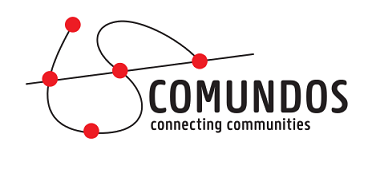SDG17 in the classroom: Partnerships for the Goals
“Strengthen the means of implementation and revitalize the global partnership for sustainable development”
At the end of this lesson, students will be able to:
1. Understand the importance of partnerships for the goal among different sectors and stakeholders
2. Understand the importance of fundings and donations from governments and private sectors
3. Understand the concept of capacity-building in the context of developing countries
4. Analyze three digital stories on SDG17 to find out level, stakeholders, SDGs and outcomes of partnerships
SDG 17 emphasizes the necessity of global partnership and cooperation to overcome challenges, bridge development gaps, and ensure that sustainable development benefits everyone, leaving no one behind. It calls for a commitment to collective action, mobilization of resources, and fulfilling aid commitments to promote inclusive and sustainable development worldwide.
Watch the video to know more about SDG17.
Brainstorming session through the following questions:
- As you have seen so far, every SDG is always related to other SDGs and this leads to complexity. Therefore, can each SDG be solved separately? Can SDGs be achieved by single individuals?
- Among whom or what sectors should partnerships be created?
- At what level are these partnerships necessary?
- What has the COVID-19 pandemic revealed in terms of strong global partnerships?
- Aid levels are falling and donor countries should do more to facilitate growth and trade in other poorer countries. How important is it to increase governmental and private funds, international aid provided by governments and donors?
- SDG17 focuses on capacity-building in developing countries. What does “capacity-building” refer to?
- If you were given the possibility to place this SDG somewhere else in the list of SDGs, would you place it at the end or somewhere else? Justify your answer.
Possible adaptations: (Online) This activity can be done with the use of online tools (i.e. Jamboard; Miro, Mentimeter).
Related Materials:
- Why It Matters (SDG17) provides an overview and explain the importance of achievement SDG17
- Capacity-building and SDG17 (UN) explains what capacity-building entails and how it is related to SDG17
- Why is 'Partnerships for the Goals' the Most Important Sustainable Development Goal? focuses on the importance of SDG17 as a key SDG to the achievement of the other 16 ones.
Students watch the following videos and explain the questions below:
- At what level is the partnership established?
- Who are the stakeholders involved in the partnership?
- What are the outcomes of the partnership project or initiative?
- What constitutes the most crucial aspect of establishing a partnership?
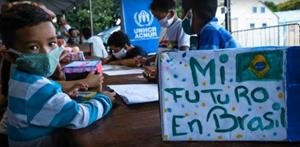 A humanitarian crisis called migration
A humanitarian crisis called migration
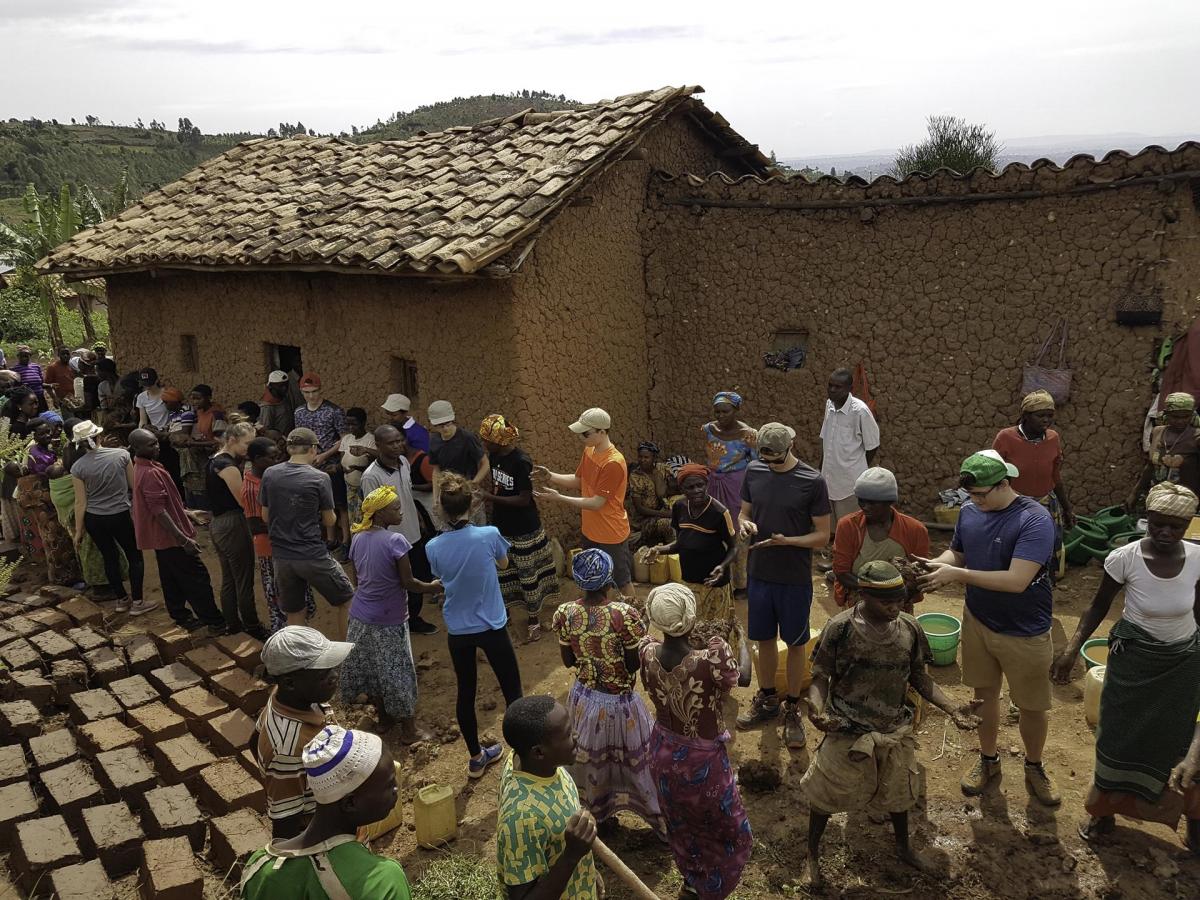 Cultural and Knowledge Exchange
Cultural and Knowledge Exchange
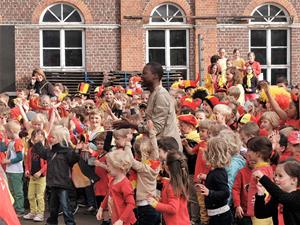 Building bridges between students worldwide
Building bridges between students worldwide
 How we created our community Radio
How we created our community Radio
Students watch this video Why is SDG 17 important to you?. Afterwards, ask them to think of and explain how you can partner up to become a force for positive change in the world and justify their choice.
To get inspired, look at initiatives in Belgium addressing SDG17 on this website.
Students will read the case below and engage in a debate centered around the following questions:
- What benefits can residents, businesses, and non-profit organizations derive from such collaboration?
- How can they collectively work to address the community's environmental issues?
- What challenges may arise in establishing this partnership, and how can these challenges be overcome?
Case: In a rapidly growing urban community, residents are increasingly facing serious environmental issues, including waste accumulation, deteriorating air quality, and a reduction in public green spaces. The municipal government realizes that addressing these problems requires action, but progress is challenging with the government's efforts alone. Residents have expressed concerns about community environmental issues, but individual efforts are limited due to a lack of coordination and collective action. In response, the municipal government proposes an initiative, inviting community residents, local businesses, and non-profit organizations to join forces and establish a comprehensive partnership to improve the community's environmental conditions.
These are open-ended questions. Students are encouraged to freely express their ideas. The first student can present and support their argument. The next student can agree or disagree with the argument provided by the previous student and offer their support. The debate can proceed in rounds until they collaboratively answer these questions.
This quiz is about UN Goal 17: Partnerships for the Goals. You can either use it at the end of your lesson to revise the topics you talked about or at the beginning of the lesson to challenge students prior knowledge and gain their attention.

For the SDG17 (partnerships for the goals) sheet, our favorite pedagogical twist is:
Constructionism: at the end of the lesson cycle, assign students to create something of their own (an infographic, a poster; a video, etc) which explains and summarizes a specific topic of the lesson cycle they found interesting and worth reporting.
For free online tools: Easelly and Canva
If you have another pedagogical twist in mind, feel free to apply or check the pedagogical twist list.
- What you should do to build a strong partnership?
- Debate is not just about winning; it's about collaboratively addressing issues (Ruben Mersch, n.d.). Debate can be seen as a means of establishing partnerships through the exchange of viewpoints. Instead of organizing a traditional pros-and-cons debate, teachers might consider orchestrating a distinctive debate in the classroom, conveying the message of utilizing debates as potent dialogues to find solutions for making our world better. Here are some tips for conducting classroom debates.
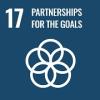
A gift for Comundos
Over the years, Comundos has helped remote communities around the world by teaching critical thinking, media literacy and the use of communication technology.
To do this effectively, we need your support for computers, translations, courses and social media management.
Thank you .
BE11 1030 2973 8248
